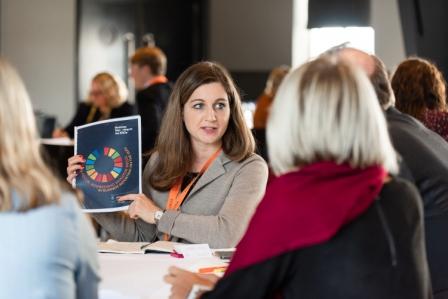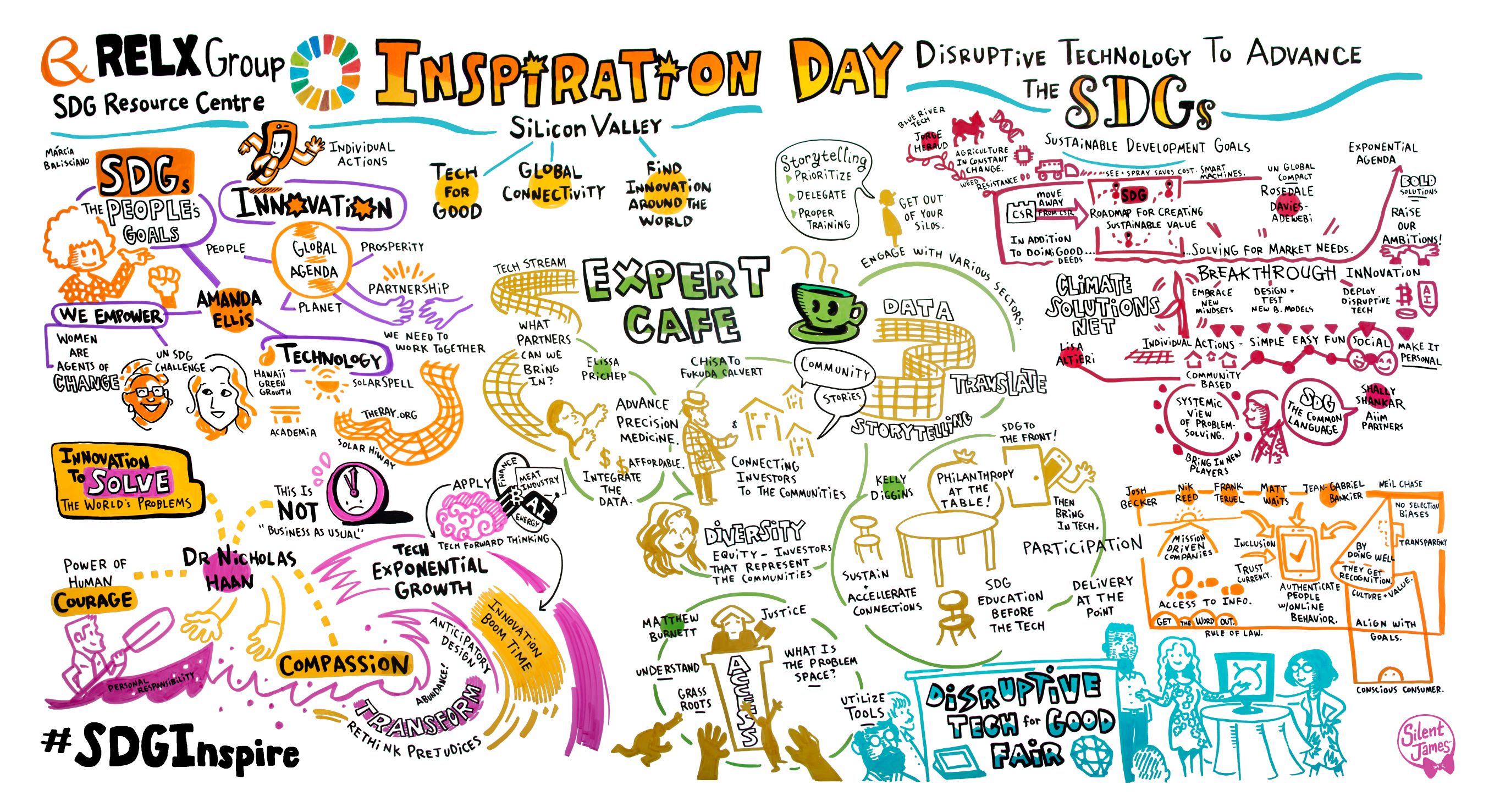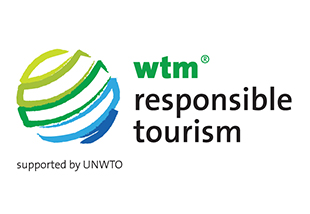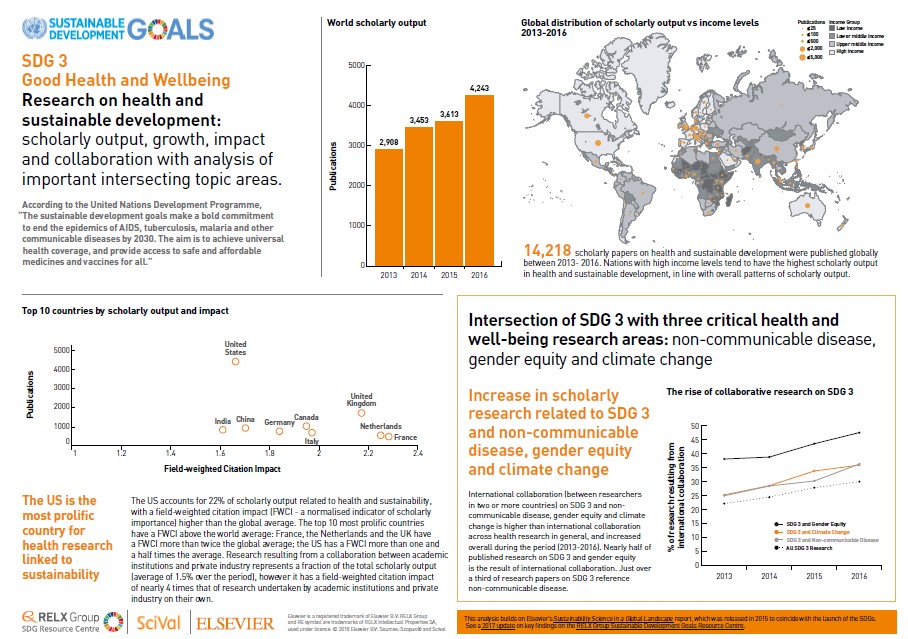7 September 2018
19 October 2018
November 28, 2018
United Nations Global Compact, November 2018
29th August 2018
Stockholm – RELX Group, a global provider of information and analytics for professional and business customers across industries, has announced the winners of the 2018 RELX Group Environmental Challenge which supports innovative solutions to improve sustainable access to safe water and sanitation. The $50,000 first and $25,000 second prize winners were recognised during World Water Week in Stockholm, a unique annual event bringing together water researchers, policymakers, journalists, companies and non-profits to address the key water challenges of the 21st century.
RELX Group, 25 September 2018






